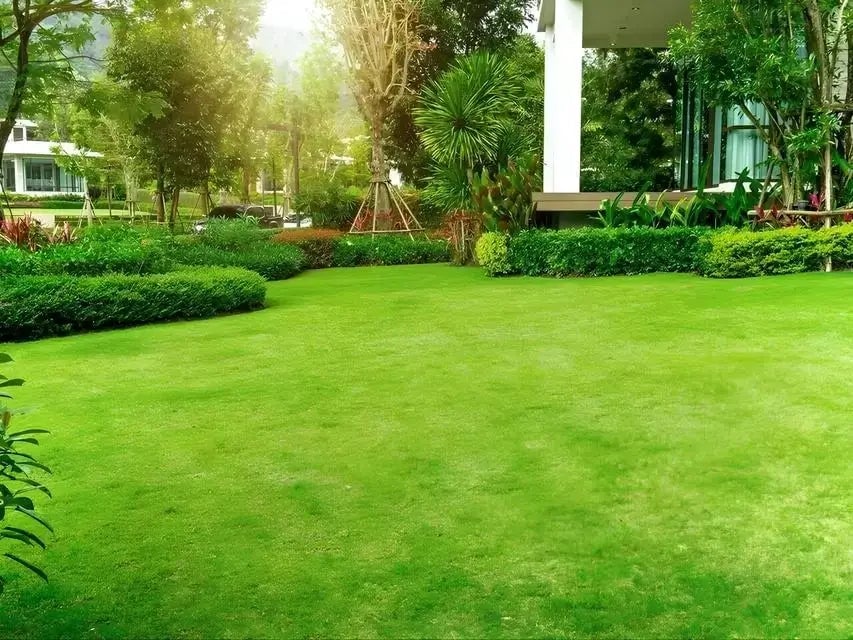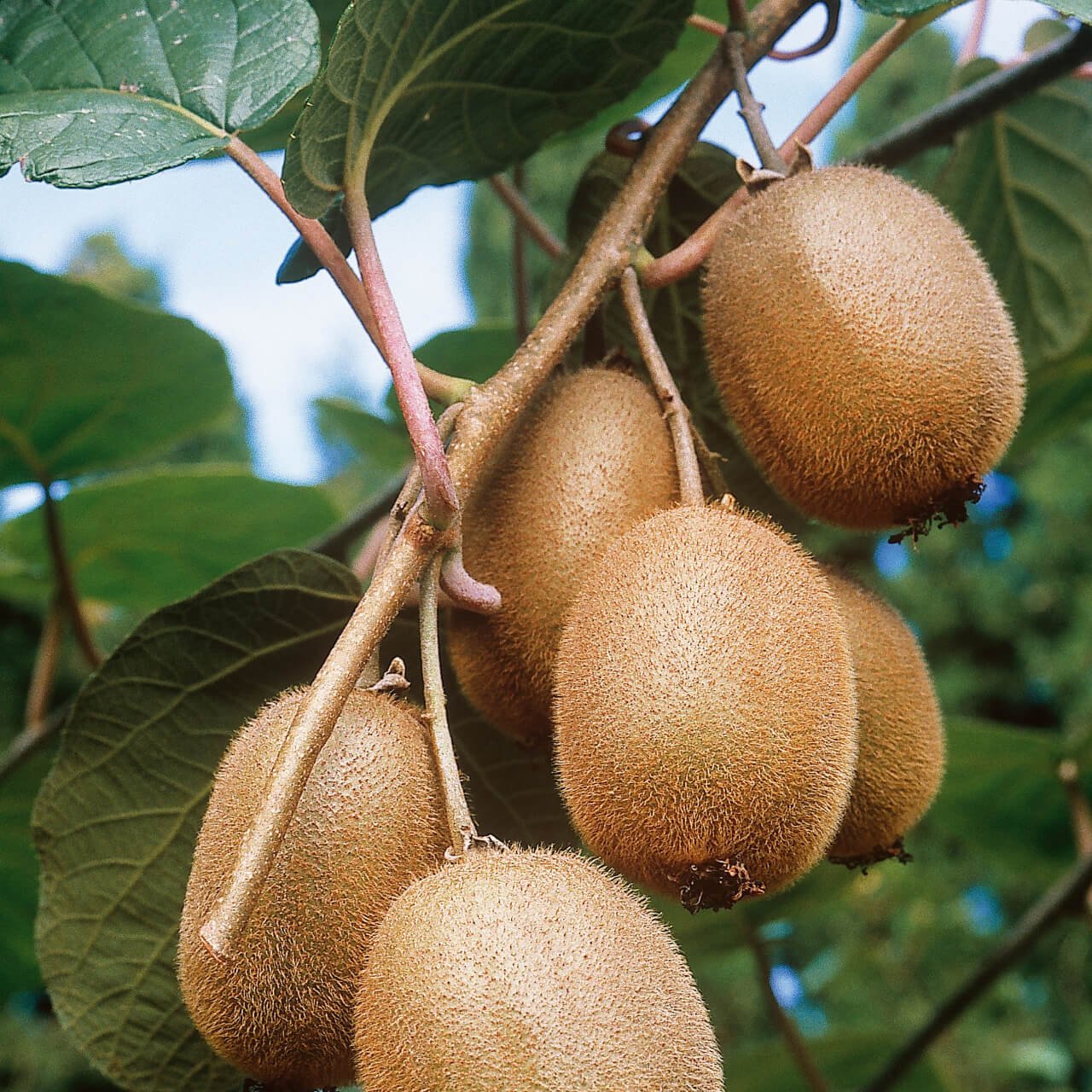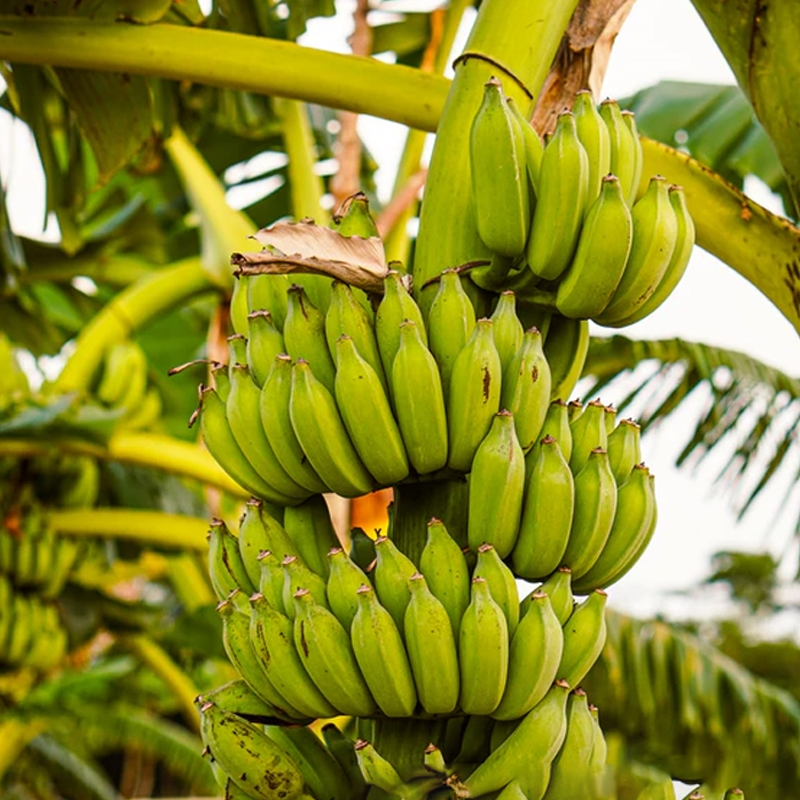



Lawn Moss
Low maintenance and water needs
Thrives in shady areas
Attracts beneficial insects and wildlife
Thrives in
ZONE 4ZONE 5ZONE 6ZONE 7ZONE 8This plant ships:
Ships Week of May 12th1 Year Guarantee on all plants
Lawn Moss - Hypnum curvifolium
Lawn Moss is a dense, low-growing evergreen groundcover plant that can form a green carpet-like appearance in lawns. It often thrives in shaded or damp areas and provides an alternative ground cover to grass.
It is an alternative to grass that can benefit your property and the wildlife in your area. Like grass, it will cover your yard relatively uniformly; however, unlike grass, it doesn't grow as tall and won't rely on a root system to keep it healthy.
Lawn Moss Can Resist Pests
The best reason to use this type of product is that it is highly resistant to most pests. Therefore, in addition to protecting your lawn, you can also protect your home, as whatever is attacking your yard won't feel compelled to enter your house in search of shelter eventually. The lack of pests also means you won't need to put down pesticides or other harsh chemicals that might hurt your pets or children if ingested.
Lawn Moss Is A Popular Choice For Soft Groundcover
Grass can irritate your skin or become too brittle to walk on if it gets too hot or dry. However, this product will create a soft layer to walk on whether you want to venture through the yard with shoes or bare feet. A soft ground cover may also be better for your pets, and this may be especially true as they get older and it gets harder to walk comfortably.
It Minimizes Erosion
Yards covered with this substance instead of grass are less susceptible to erosion. Therefore, it can be ideal if your yard is on a slope or tends to get wet at any point during the year. As this natural resource tends to need water, it can help to provide a balance that will prevent soil from being washed away.
Lawn Moss Won't Get Taller Than 4 Inches
Another benefit to the moss is that you won't need to mow as it rarely grows above four inches. You would only need to mow if you prefer concise growth or want to tame any edges that might be unruly. However, as it grows slowly, you should only need to bring the mower out sometimes.
The moss does not need pesticides or any form of chemical input, for that matter. Ordinarily, you would use pesticides to eliminate competitors. However, moss does not need that since it grows only in areas with fewer competitors.
It can live without soil. It can readily grow on rocks, wood, and beds of compacted dirt and derives moisture and nutrients from the air and rain.
It acquires its nutrients from the environment. It uses rainwater, dew, and humidity to capture nutrients; it is suitable for nutrient-poor ecosystems.
Moss thrives in areas with too much shade, humidity, and acidic soil. It can also thrive in poorly drained or compacted soil environments and grow well in a garden or lawn.
Lawn moss is known to reproduce both by vegetative structures and by spores. These fragments can develop into new patches when they fall into a good environment for growth.
This Is How Your Plants Will Look upon Delivery

Height at Maturity
Under 6 Inches
Care
Lawn moss thrives in moist, well-drained soil with a pH between 5.0 and 6.0. Keep the area consistently damp but not waterlogged. Avoid heavy foot traffic and mowing, and gently rake to promote air circulation. Regularly remove debris to maintain its health.
Plant Reproduction
Lawn Moss spreads via spores, creeping stems, and moist conditions.
Choose early spring or fall when the soil is moist and cool to plant healthy bare-root ferns. You can also use dormant plants to grow year-round. When you arrive, please soak the roots in water for several hours to rehydrate them. Ferns thrive in moist and shaded areas. Dig a hole wide and deep enough to spread out the roots comfortably. Position the fern so the crown (where the roots meet the fronds) is just at or slightly below ground level. Gently backfill with soil firmly around the roots, and thoroughly water to settle the soil and eliminate air pockets. Apply a 2-3 inch layer of mulch for weed control and to retain moisture, ensuring the mulch does not touch the crown. Water during dry periods is used to keep soil moist but not soggy. Avoid fertilizing in the first year, as ferns prefer nutrient-rich soil over direct fertilization.
Shipping date depends on the date displayed and chosen when you order from the product's page.
We only accept returns on plants verified dead. If you think your plants have died, we offer a 1 year warranty, please use this File a Claim Link to verify dead plants and start with return warranty process.





Caring Tips
How do I care for my Lawn Moss?
Each box contains detailed care instructions and information about your product. But here's the basics.
Care Tips
Lawn moss thrives in moist, well-drained soil with a pH between 5.0 and 6.0. Keep the area consistently damp but not waterlogged. Avoid heavy foot traffic and mowing, and gently rake to promote air circulation. Regularly remove debris to maintain its health.
Light Requirements
Lawn moss flourishes in low to moderate light conditions and prefers shaded areas or indirect sunlight. It thrives best in damp, acidic soil and can tolerate low light levels where other types of grass struggle. It is ideal for shady spots with consistent moisture.
Hardy Planting Zones
4 • 5 • 6 • 7 • 8
Header
Use this content to share information about your store and products.
Frequently Asked Questions
How often should I water my plants?
How do I know if my plant is getting too much or too little sunlight?
What should I do to prepare my plants for winter?
What are the signs that my plant needs fertilizing?
How can I prevent pests from damaging my plants?
How do I choose the right plant for my climate zone?






